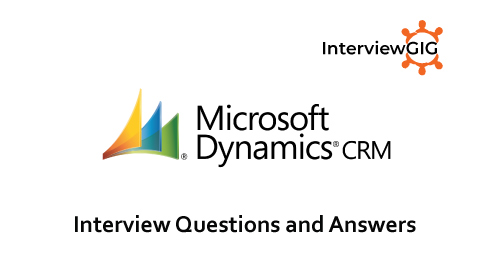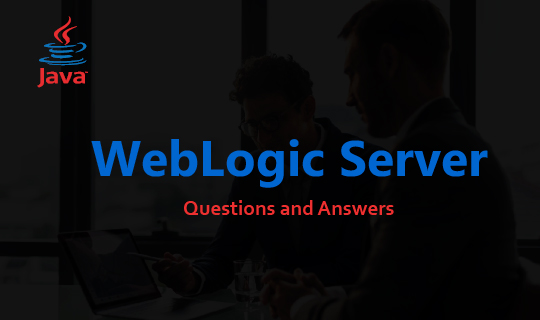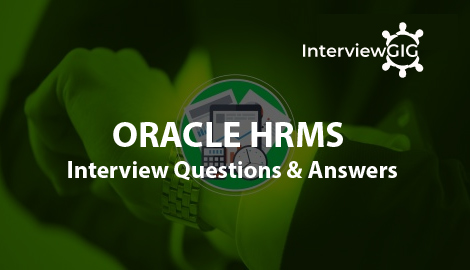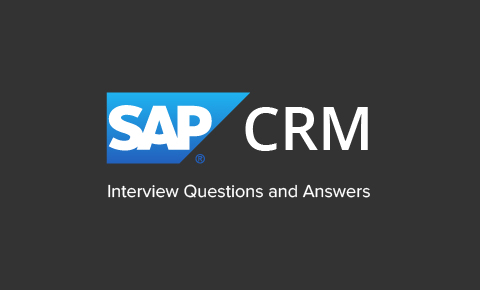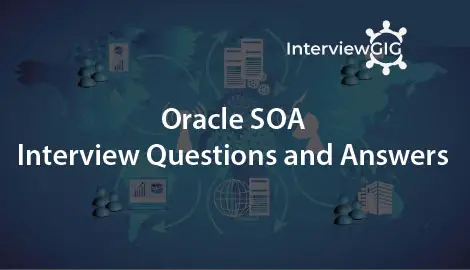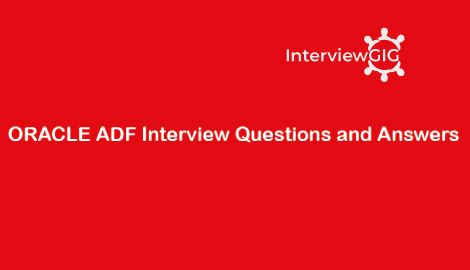Explain oracle CRM?
Oracle CRM is one of the leading players of today’s CRM market which can boast with a robust and intuitive interface, and a variety of product lines and deployment models. As diverse as it is, Oracle CRM makes customer relationship management easy for businesses of all scales and industries, allowing them to optimize their sales processes, and boost sales productivity.
The tool is enabled to regulate and manage customer relationship all the way from lead qualification and categorization to opportunity tracking/management, including in the meantime forecasting optimization, analytics & reporting, and a set of powerful historical analysis for smarter business decisions. Information is properly organized, and easily accessible by everyone in the team, from any device. On top of that, Oracle CRM is empowered with strong, integrated marketing campaign management features, lead nurturing, and ROI measurement tools.
What are the main features of Oracle CRM?
- Partner relationship management
- Social CRM
- Customer data integration
- Quote and order capture
- Business Intelligence(BI) applications
- Price Management
- CRM gadgets
- Self-service and eBilling
- Integration to Siebel CRM
Does Order Management (OM) and iPayment support credit card RMA’s?
OM does not support credit card RMAs right now.
Where and how are serial numbers entered on RMAs?
On the Sales Order form, after you have entered the header and line Information, click on the ‘Actions’ button. >From the LOV choose ‘Return Line Lot/Serial Numbers’. This will allow you to enter the Quantity and Serial Number range.
When processing an RMA to Oracle Receivables, will the original price be used if the item price amount has changed?
You have only one option of pricing when doing an RMA: Price as of current date.
Is it possible to receive an RMA through the API and have the RMA progressed?
No. RMA Receipts are not supported in Receiving Open interface. While saving through the forms in immediate mode, certain actions are taken to update the Order Management tables which will not happen if an API is used to populate the rcv tables. This is true for Batch mode also.
When doing a return for an ATO Model, we see in the LOV both the Top model and the newly configured item are available for return. Why?
The TOP Model Line is not shippable but has a price on it to generate the credit. But the Configured item is shippable and is the one which is received as a RMA in the Warehouse but it has no price on it. So it doesn’t generate the credit. It acts as a fulfillment (pre-condition) for issuing credit on TOP model line RMA.
Why the Return Activity Form blank is after a return is received?
The Additional Line Info > Return Activity will show data for the Outbound line against which the Return is created. This screen won’t show information for a Return Line. So query the Order/Line against which the RMA is created and go to Additional Line Info -> Return Activity. You will see the details about the return lines for that outbound line. When a return is created from an outgoing order, and that order is received, the receiving activity appears on the Return Activity form of the original order (the one you copied from).
What is the difference between transaction types and order cycles?
Order cycle was used in previous releases. For release 11I, Order Management started to use Oracle Workflow to control the cycles. The name of the order cycle was replaced by transaction type. Its configuration has also changed. To see more information about it you can see the Oracle Workflow Guide release 2.5 and the Order Management User Guide.
What is the default for Tax Event under the Finance tab if it is null?
Why doesn’t a newly created hold appear in the List of Values (LOV) when trying to apply or remove the hold?
When a new hold with NO responsibility to apply and Remove the hold has been created, then any responsibility can apply and Remove the hold. However, if the newly created hold is assigned a responsibility to one of the functions, this does not mean any responsibility can perform the corresponding function.
Ex: Create hold – Management Review
Assign Order Management Super User the ability to apply the hold.
Result: Order Management Super User can apply the hold, but no one can remove the hold.
How one view can holds for an order or line in Order Management Release 11i application?
- Orders Organizer
- Query for an order number on the Main tab
- Click on Actions button
- Click on Additional Line Information, or Additional Header Information (depending on if it is line or order hold).
- Click on Holds tab all lines/orders will show the Hold Source history here. Hold Comments/Release Comments are shown here too.
The Hold Checkbox is missing on the Sales Order Header and/or the Sales Order Line?
When a newly created sales order goes on hold, the user will not see the hold unless one navigates to the Actions / Additional Order Information button. The hold MUST be visible on the Sales Order header as well as the Sales Order line to which the hold applies (as it did in Release 10.7, 11).To clarify one thing: In R10.7/R11.0, user would see HOLD checkbox at the order level and at the line level, and IN ADDITION, user could press the HOLD button to see the hold details. In R11i, user can ONLY see the hold details in Additional Order Information.
Why doesn’t a seeded system hold name show in the LOV?
Only user defined holds are listed in the LOV. For example, since Credit Check is a system defined hold, it is not allowed to be applied manually.
Will I be able to switch between the Arrival Date and Shipment Date as the basis for ATP?
Yes, this will normally default from the customer, but the you can override this on the order line.
If a customer requests that an order is delivered by a specific date, as opposed to shipped by a specific date, how is the lead time calculated? Are there tables that hold typical ship lead time information?
The lead time will be calculated according to your setup in the supply chain planning sourcing rule.
How will the ATP Server work with multiple instances?
Based on the information about supply and demand from various resources (can be gathered from multiple instances), the planning engine will create plans and available information. When the request is sent via an API (information request being: ‘I need this product, this quantity, on this date’), the question will be answered by the central planning server.
Where can I find the “Latest acceptable date” field? Does this field only affect ATP-enabled items and calculations, or is it related to all items, regardless of the ATP flag?
Latest Acceptable Date is available as a Folder Field in Sales Order Pad and iti s updatable as we expect a Customer/CSR/Selling Org to decide what is the acceptable scheduling window. You can restrict access to this field. It only really affects ATP-enabled items as Non-ATP items are never scheduled by APS (Planning).
Can I change Schedule Ship Date to a past date?
Schedule Ship date is the date planned for shipping an item. While scheduling, availability of the component is checked and this is always current date or future date. Based on the availability, schedule ship date is populated. System will not be able to check the availability in past and the schedule ship date will always be system date or a future date.
What is the difference between key flexfield and Descriptive flexfield?
Keyflexfields are used throughout the Applications to uniquely identify information’s such as GL accounts, INV items, Fixed Assets and other entities that every business needs to keep track of.
Descriptive flexfields enable you to capture additional pieces of information from transaction entered into Oracle EBS.
DFF and KFF share common features. They are multisegment fields. Application validates individual segments based on makes value set rules and ensures that the segments makes sense using CVR (cross-validation rules).
What is the difference between drop the table and truncate the table?
DROP TABLE Removes one or more table definitions and all data, indexes, triggers, constraints, and permission specifications for those tables.
TRUNCATE TABLE Removes all rows from a table without logging the individual row deletions. TRUNCATE TABLE is similar to the DELETE statement with no WHERE clause; however, TRUNCATE TABLE is faster and uses fewer system and transaction log resources.
As far as speed is concerned the difference should be small. And anyway, if you don’t need the table structure at all, certainly use DROP.
